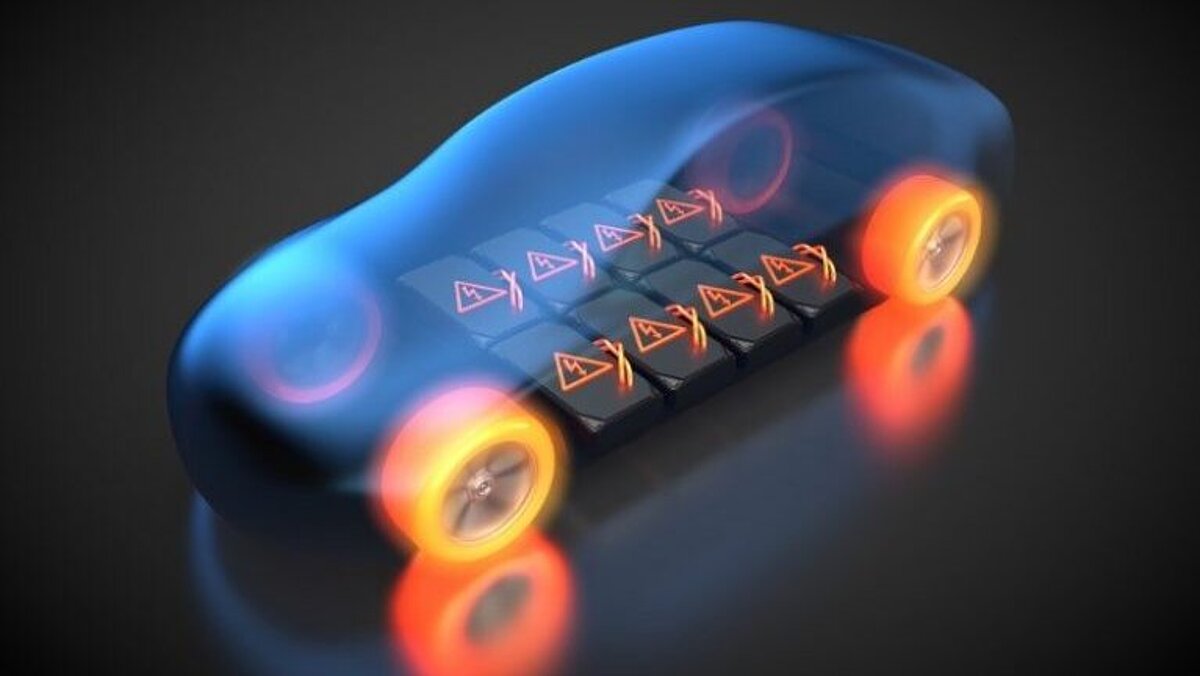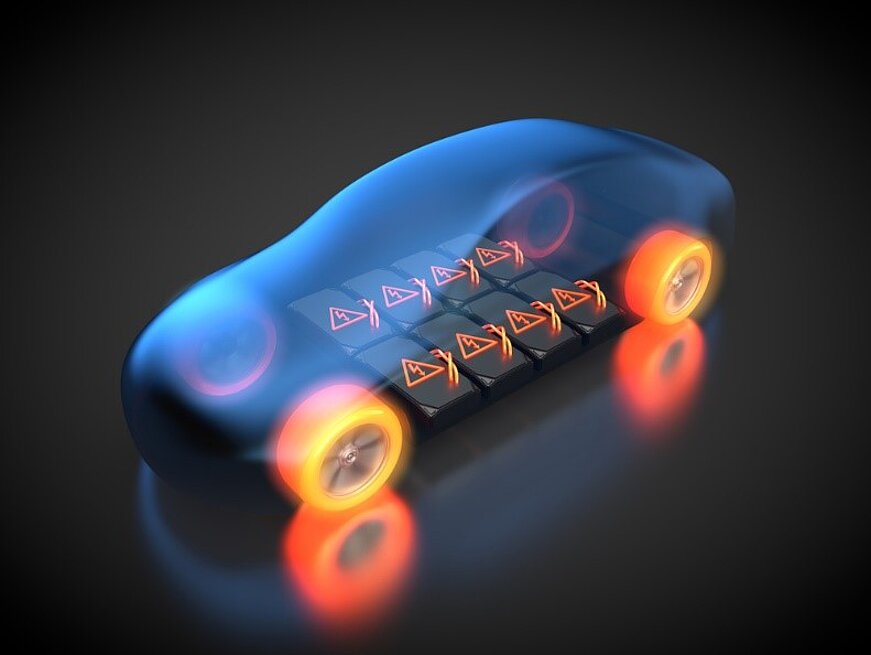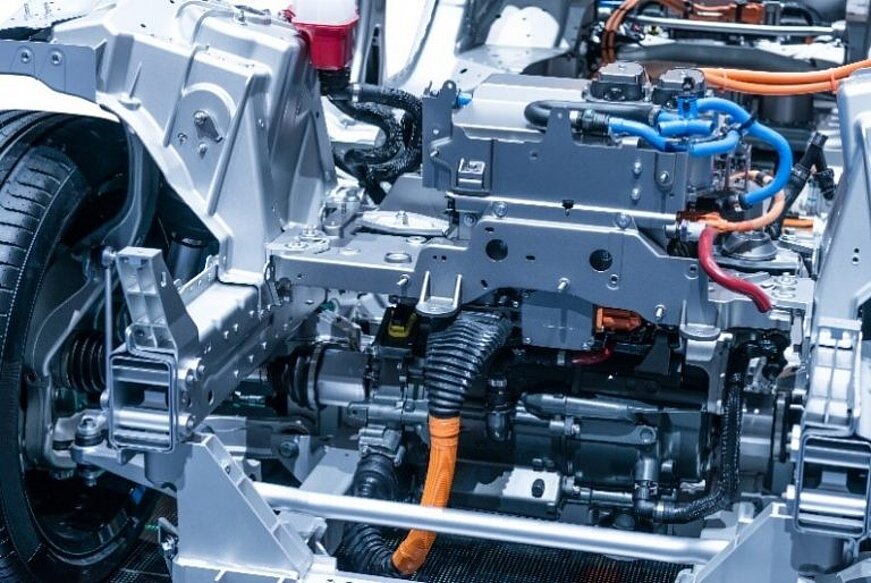What do eggs and battery cells have in common?

Eggs should be kept at as uniform a temperature as possible when hatching and feel most comfortable at a temperature of just under 40°C. Like battery cells, they are sensitive and must be protected against shocks and impact loads.
But is the BEV (Battery Electric Vehicle) now the egg of Columbus?
If you read the media and listen to the statements of VW CEO Herbert Diess, the path in this direction is clearly marked out.
But is this really the case?
Perhaps not entirely, at least not in the way many understand it.
Sales figures for BEV-only vehicles are lagging behind their intended targets, but there's a reason for that. Low range and the high price of the battery argue against it.
I believe that the battery will remain only a niche product as an energy storage device for vehicles, as the energy density here is far too low. We will still see developments that lead to an improvement in capacities, but a quantum leap cannot be physically expected here.
Let's look at the fuel cell as an alternative. Producing hydrogen from wind turbines is too expensive, but maybe in combination with nuclear power it becomes a shoe-in. I've always been a friend of high energy densities.
Another alternative is synthetic fuels, which actually make sense but are not accepted by society because of their negative image.
Or is a hybrid vehicle the solution?
There is currently no agreement among OEMs on the right way forward, so developments are taking place simultaneously in all directions to be ready when the decision is made.
To paraphrase Oliver Kahn, no one currently has the balls to clearly define the direction.
Electric drive, battery and fuel cell
We therefore also deal intensively with the various topics of electric drive, battery and fuel cell in our simulations. Both on the structural mechanics side and in flow simulation.
From our point of view, there are 3 main topics that concern us in this context:
Temperature control and cooling of the battery and engine
Batteries like it as evenly warm as possible, as every jogger has already noticed on his cell phone in winter when the battery has given up the ghost. However, unlike eggs, cells can also get too hot very quickly. If individual cells overheat, there is a risk of a short circuit or even an explosion. With eggs, this is not so bad if one bursts, but with battery cells it can lead to chain reactions.
The temperature control or cooling of the cells should therefore be as uniform as possible. Electric motors must also not become so hot that the windings melt.
Crash behavior
The second problem is crash behavior. Batteries are heavy, so I don't want to be the victim of a high-voltage battery shooting through the vehicle in the event of a crash.
For this reason, the batteries are usually located in the floor area, but in some buses they are also found on the roof.
A hydrogen tank should also not explode...
Tightness
In the case of the fuel cell, many issues are related to the fact that hydrogen is very volatile and the seals must therefore also function well at different temperatures. If the seal does not function properly, the hydrogen tank is empty very quickly and you are standing on the hard shoulder behind the BEV that has run out of juice.
Our offer
We would be happy to tell you how we can help you to master the challenges posed by these new technologies with flying colors in a personal and non-binding meeting.
With this in mind, I look forward to your call or e-mail.
As an aid to thinking about where we can support you, I will send you our flyer on electromobility. Send a short mail to info@merkle-partner.de with the keyword electromobility.
Your Stefan Merkle

PS: Thermal management is king, so remember: buy cheap, buy twice!

